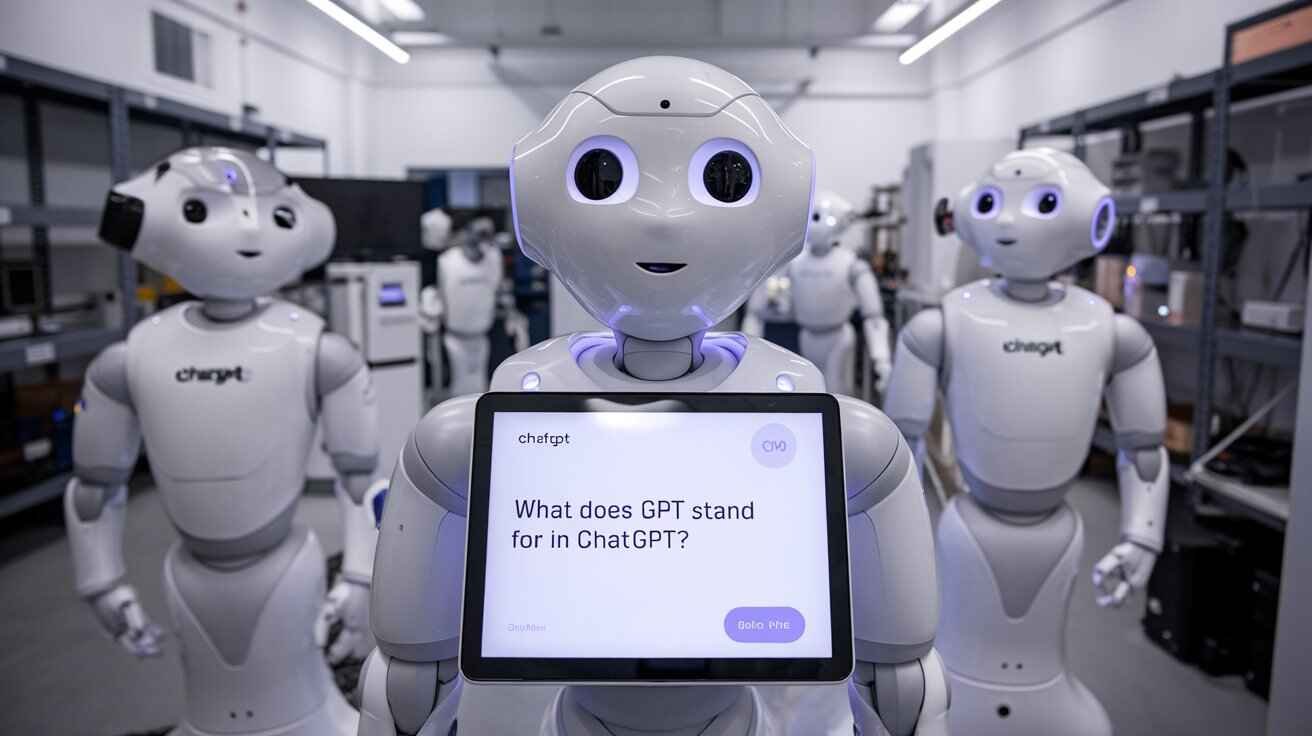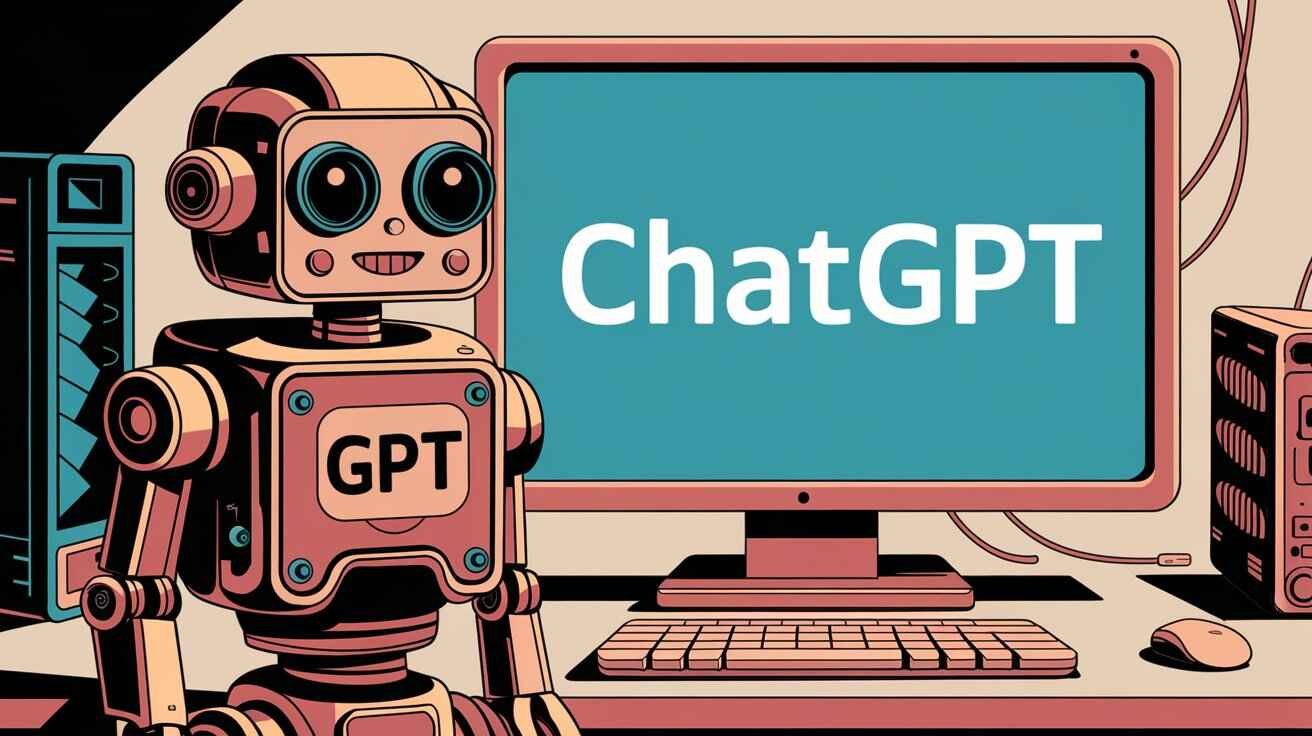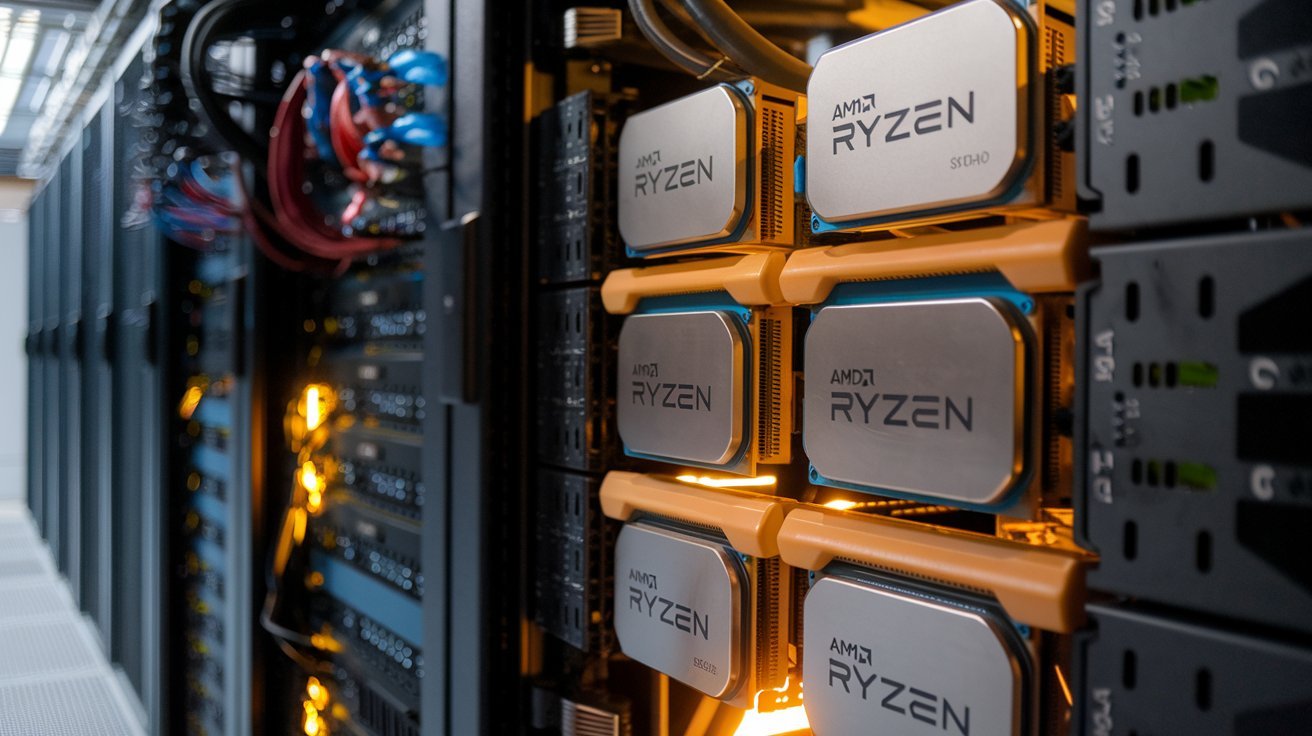The term “ChatGPT” has become widely recognized as one of the leading advancements in artificial intelligence, particularly in the field of natural language processing (NLP). But what exactly does “GPT” stand for in ChatGPT? This article delves into the meaning of GPT, its origins, and its significance in the world of AI-powered communication.
What is GPT?
GPT stands for Generative Pre-trained Transformer. This acronym encapsulates the core technology behind models like ChatGPT, which are designed to understand and generate human-like text based on the input they receive. Each component of the acronym represents a fundamental aspect of how these models function:
- Generative: The “G” in GPT highlights the model’s ability to generate text. Unlike earlier models that were primarily used for tasks like classification or translation, GPT models can create coherent, contextually relevant sentences and paragraphs from scratch. This generative capability allows ChatGPT to produce responses that resemble human conversation, making it versatile for a wide range of applications.
- Pre-trained: The “P” refers to the model being pre-trained on vast amounts of text data before being fine-tuned for specific tasks. This pre-training phase involves feeding the model large-scale datasets, often comprising billions of words, to help it learn the intricacies of language—grammar, syntax, semantics, and even nuances like tone and context. The pre-training process equips the model with a broad understanding of language, which is then refined through fine-tuning to specialize in particular applications, such as conversational agents like ChatGPT.
- Transformer: The “T” stands for the Transformer architecture, a groundbreaking innovation introduced by researchers at Google in 2017. The Transformer model revolutionized NLP by enabling the parallel processing of data, which significantly improved the efficiency and performance of AI models. The Transformer architecture allows GPT models to process and generate text by focusing on the relationships between words in a sentence, even if those words are far apart. This mechanism is what gives GPT models their ability to understand context and generate coherent and contextually appropriate responses.
The Evolution of GPT Models
The GPT series of models has undergone several iterations, each building upon the successes and learnings of its predecessor:
- GPT-1: The first version of GPT, released by OpenAI in 2018, was a proof of concept that demonstrated the potential of generative pre-training. Although relatively small by today’s standards, GPT-1 showed that a model trained on vast amounts of text data could generate coherent and contextually relevant text.
- GPT-2: In 2019, OpenAI released GPT-2, a much larger and more powerful version of the model. With 1.5 billion parameters, GPT-2 was capable of generating text that was remarkably human-like, leading to widespread attention and even concerns about the ethical implications of such powerful AI. GPT-2 was initially released in stages to assess and mitigate potential misuse.
- GPT-3: GPT-3, released in 2020, marked a significant leap in AI capabilities. With 175 billion parameters, GPT-3 became the largest and most powerful language model at the time, capable of generating highly sophisticated text. Its applications expanded beyond simple text generation to tasks like translation, summarization, and even coding.
- ChatGPT: ChatGPT is a fine-tuned version of GPT-3, specifically optimized for conversational interactions. By focusing on dialogue-based tasks, ChatGPT can maintain context over multiple exchanges, respond to a wide variety of prompts, and engage users in more natural and dynamic conversations.
Why GPT Matters
The GPT architecture has had a profound impact on the field of AI and natural language processing. It has enabled the development of applications that were previously thought to be years away, such as virtual assistants, content generation tools, and advanced chatbots. The ability of GPT models to generate human-like text has opened up new possibilities for automation, customer service, education, and creative industries.

Moreover, the success of GPT models has sparked interest and investment in AI research, leading to the development of even more advanced models and techniques. As AI continues to evolve, the principles behind GPT—generative capabilities, pre-training on vast datasets, and the Transformer architecture—are likely to remain central to future innovations.
The GPT architecture has had a profound impact on the field of AI and natural language processing. It has enabled the development of applications that were previously thought to be years away, such as virtual assistants, content generation tools, and advanced chatbots. The ability of GPT models to generate human-like text has opened up new possibilities for automation, customer service, education, and creative industries. Additionally, many people are exploring how to use ChatGPT to make money, whether by offering chatbot services, creating content, or developing educational tools.
Moreover, the success of GPT models has sparked interest and investment in AI research, leading to the development of even more advanced models and techniques. As AI continues to evolve, the principles behind GPT—generative capabilities, pre-training on vast datasets, and the Transformer architecture—are likely to remain central to future innovations.
Conclusion
In ChatGPT, “GPT” stands for Generative Pre-trained Transformer, a term that encapsulates the model’s ability to generate text, its pre-training on extensive datasets, and its reliance on the Transformer architecture. These elements have made GPT one of the most influential and widely used AI technologies in the world today. As we continue to explore the potential of AI, GPT models like ChatGPT are likely to play a pivotal role in shaping the future of human-computer interaction.






